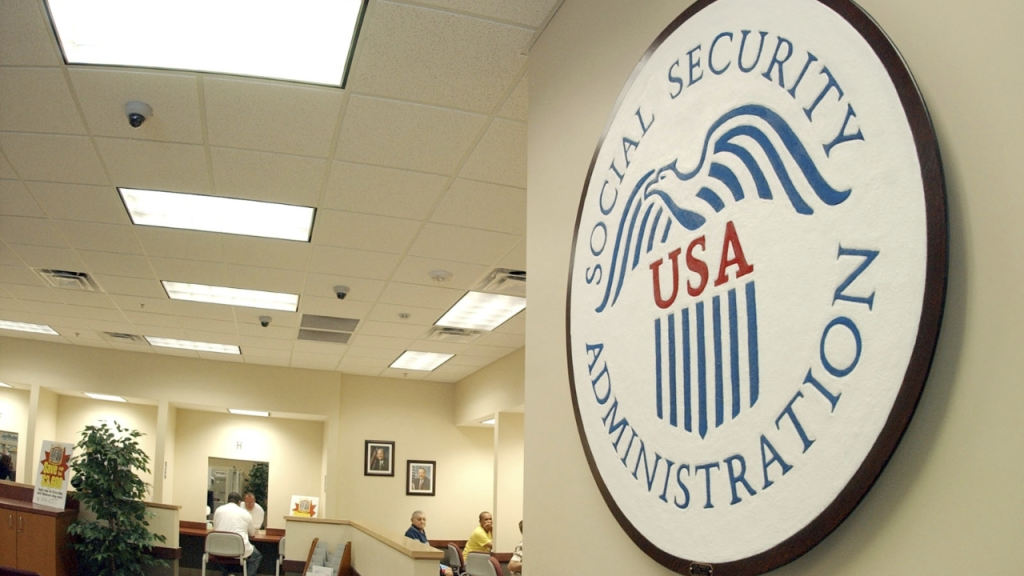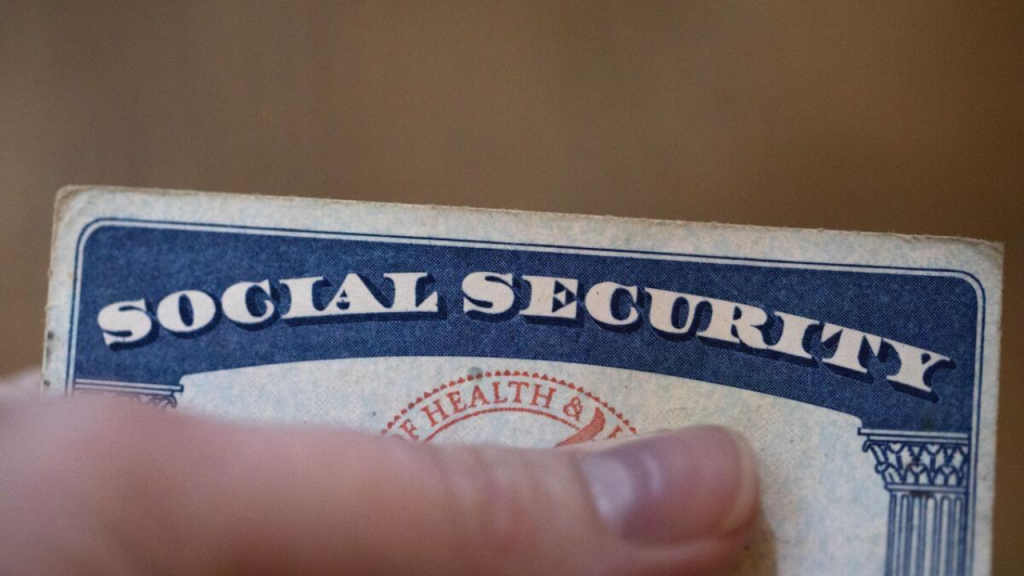
The Social Security Administration (SSA) is experiencing rapid and significant changes, with fintech executive Frank Bisignano on track to become its next commissioner.
After his Senate Finance Committee hearing in late March, his nomination has moved forward and awaits a final Senate vote.
If confirmed, Bisignano will take the reins of an agency that’s seen sweeping transformations under the Trump administration and the controversial Department of Government Efficiency (DOGE), led by Elon Musk.
Since President Joe Biden signed the Social Security Fairness Act in January, removing benefit-reducing provisions like the Windfall Elimination Provision and Government Pension Offset, the SSA has seen dramatic changes, most initiated by DOGE and aimed at curbing “fraud, waste, and abuse.”
Here’s a timeline of the major events so far:
January 2025
- Social Security Fairness Act Signed: President Biden signed this act, increasing benefits for over 3 million public workers, including teachers and firefighters. It also included one year of retroactive benefits.
February 2025
- Feb. 16: Elon Musk claimed that “millions of dead people” were receiving benefits, joking on X about vampires collecting checks.
- Feb. 19: Leland Dudek replaced Michelle King as acting SSA commissioner after she declined to share sensitive data with DOGE. Dudek stated DOGE personnel would not have access to key SSA systems or data.
- Feb. 21: SSA terminated its Retirement and Disability Research Consortium, citing a $15 million savings, and restructured the Office of Analytics.
- Feb. 24–25: SSA closed the Office of Transformation and the Office of Civil Rights and Equal Opportunity, reassigning their duties elsewhere.
- Feb. 25: Retroactive benefit payments began ahead of schedule for those affected by the Fairness Act.
- Feb. 27: Employees were offered buyouts, early retirement, or voluntary reassignments; March 14 was the deadline for many options.
- Feb. 28: SSA announced plans to reduce its workforce from 57,000 to 50,000, dispelling rumors of a 50% cut. Regional offices would be downsized from 10 to 4.
March 2025

- March 3: SSA released cost-cutting measures targeting IT, real estate, security, and travel.
- March 4: $7.5 billion in retroactive payments had been distributed to 1.1 million beneficiaries. President Trump praised the fast implementation.
- March 4: Trump falsely claimed during his first speech to Congress that the SSA was paying thousands of dead beneficiaries.
- March 5: SSA refuted those claims, clarifying that individuals with no recorded death date weren’t necessarily receiving benefits.
- March 6: “Slam the Scam Day” was launched to fight fraud targeting beneficiaries.
- March 7: SSA reversed its controversial decision to end hospital-based Social Security number registration in Maine and reinstated the Electronic Death Registry.
- March 7: SSA also reinstated 100% overpayment recovery rates for new cases, replacing the 10% default rate from the Biden era.
- March 12: SSA clarified that while it wasn’t eliminating phone services, it was increasing security to reduce fraud tied to changing direct-deposit info over the phone.
- March 13: SSA introduced HeaRT, a generative AI tool to record and transcribe hearings, expected to save $5 million annually.
- March 16: SSA defended the accuracy of its death records, responding to a Seattle Times story about a man mistakenly declared dead.
- March 18: SSA upgraded identity-verification protocols, requiring users to go online or visit an office for changes to benefits or direct deposit.
- March 19: The agency cut additional costs and enhanced its SSN verification service (eCBSV).
- March 20: SSA temporarily halted processing Social Security cards for 3 million noncitizens and newly naturalized citizens under the Enumeration Beyond Entry program.
- March 20: A federal judge issued a temporary restraining order halting DOGE’s access to SSA data, citing a lack of evidence for widespread fraud.
- March 20: Commerce Secretary Howard Lutnick suggested missing checks could help detect fraud, saying only fraudsters would complain.
- March 20: SSA resumed debt collections through the Treasury Offset Program (TOP), paused since the pandemic.
- March 21: Dudek threatened to shut down SSA in protest of the restraining order, but later walked it back.
- March 24: SSA promised more transparency through online performance reports and weekly updates.
- March 25: Bisignano faced his Senate confirmation hearing, pledging timely, accurate payments and field office stability.
- March 26: Following criticism, SSA modified its in-person ID rules, exempting applications for disability, Medicare, and SSI. The policy’s start was delayed to April 14, with allowances for urgent cases.
- March 27: SSA encouraged healthcare providers to use its Health IT program to speed up disability claim decisions.
- March 27: SSA clarified that only one hearing office in White Plains, NY, was permanently closed, dismissing wider closure rumors.
April 2025
- April 1: Democratic senators launched a “Social Security War Room” to push back against Republican-led changes.
- April 2: Bisignano’s nomination advanced to the Senate floor in a narrow 14–13 party-line vote.
- April 8: SSA blamed a website outage on “atypical high volume” and outdated tech, denying DOGE’s role.
- April 8: SSA introduced a new fraud check for phone claims, requiring flagged applicants to verify their identity in person.
As changes continue, critics question whether these moves signal the beginning of privatization. DOGE’s influence, aggressive restructuring, and staffing cuts have prompted concern among lawmakers, beneficiaries, and SSA workers alike.
